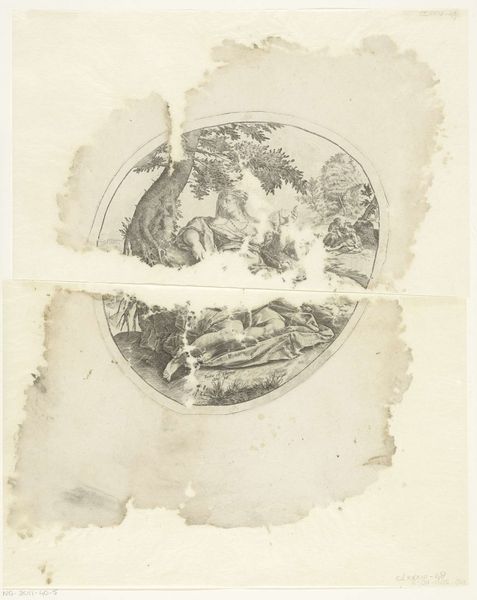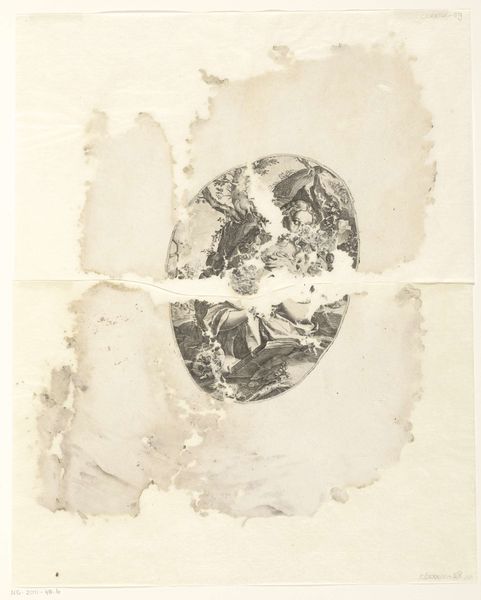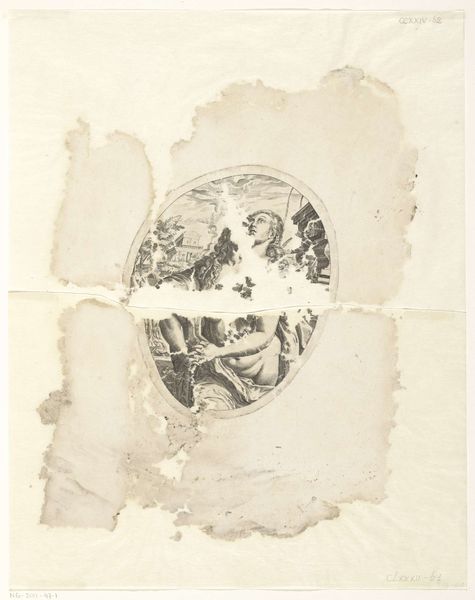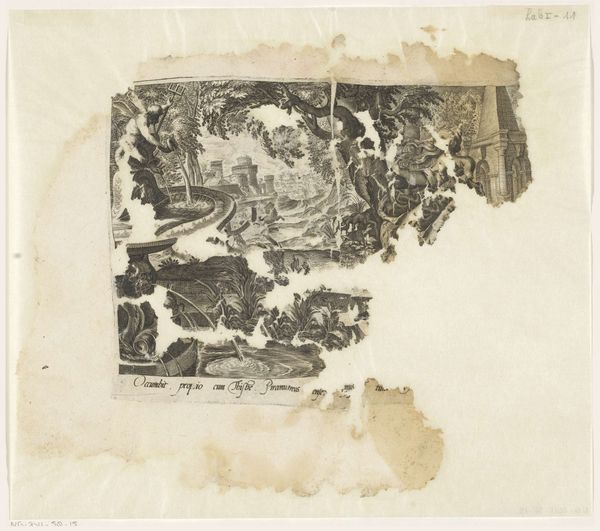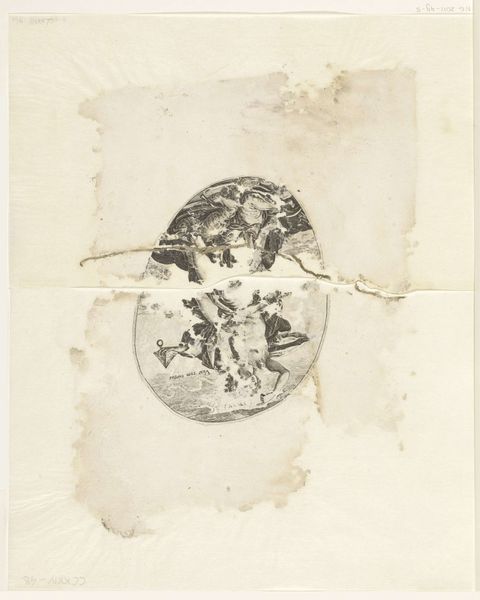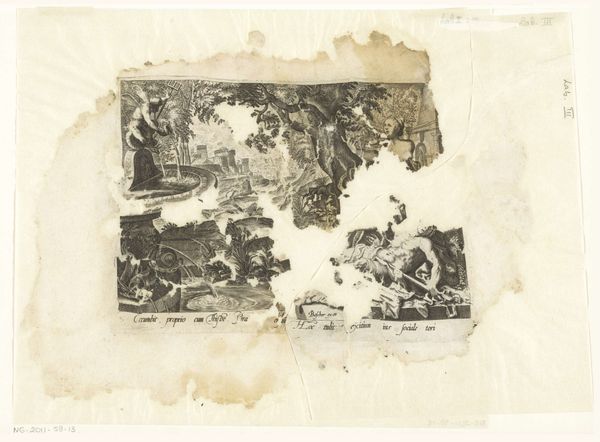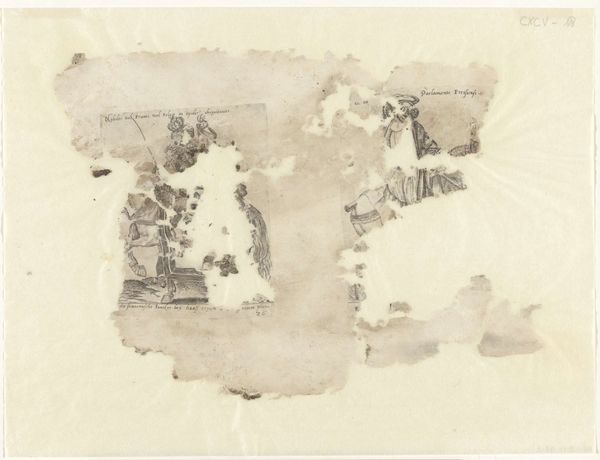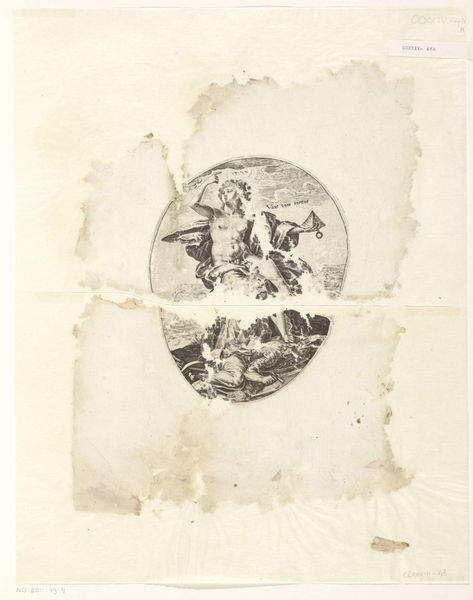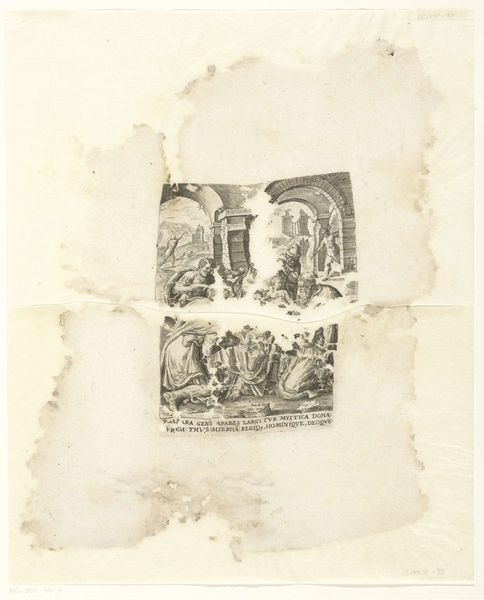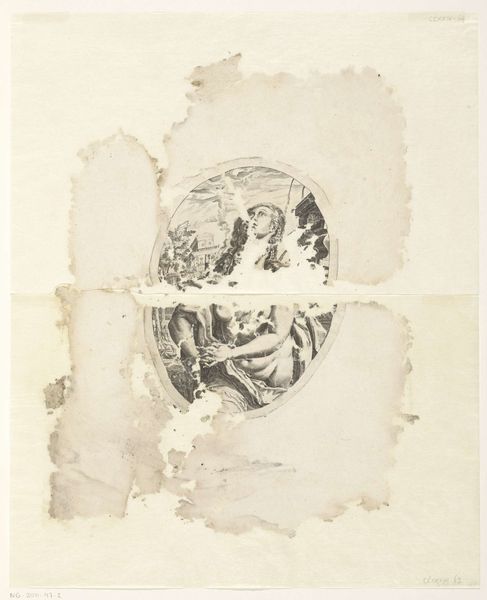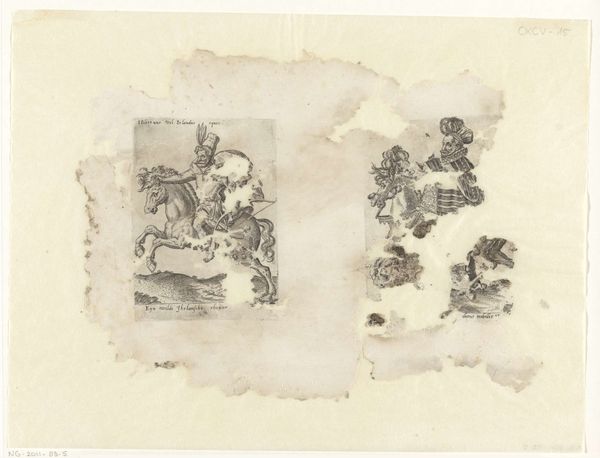
etching
#
etching
#
etching
#
mannerism
#
figuration
#
history-painting
#
northern-renaissance
Dimensions: height 385 mm, width 320 mm
Copyright: Rijks Museum: Open Domain
Hendrick Goltzius created "Juda en Tamar," a print, using the engraving method. The essence of an engraving lies in its linear precision. A metal plate, often copper, is meticulously incised with lines using a tool called a burin. The depth and density of these lines dictate the darkness of the printed image, demanding incredible control from the engraver. Goltzius, a master of the technique, would have spent hours hunched over the plate, each stroke a testament to his skill. Prints like this democratized art in the early modern period. They made images widely accessible, acting as a powerful form of visual communication. This particular print illustrates a story from the Hebrew Bible, and it would have been purchased and enjoyed in households across Europe. Consider the labor involved in the print's production, from the mining of the copper to the skilled hand of the artist. The value of an engraving like this extends beyond its aesthetic appeal, reflecting the broader social and economic context of its creation.
Comments
No comments
Be the first to comment and join the conversation on the ultimate creative platform.
